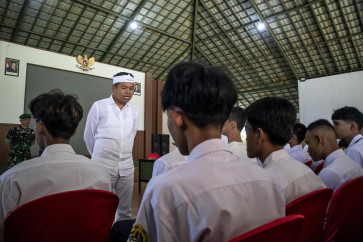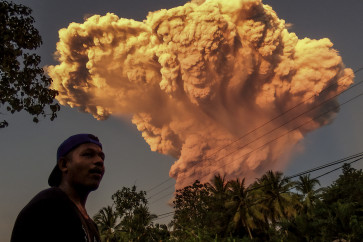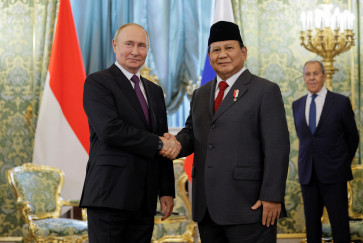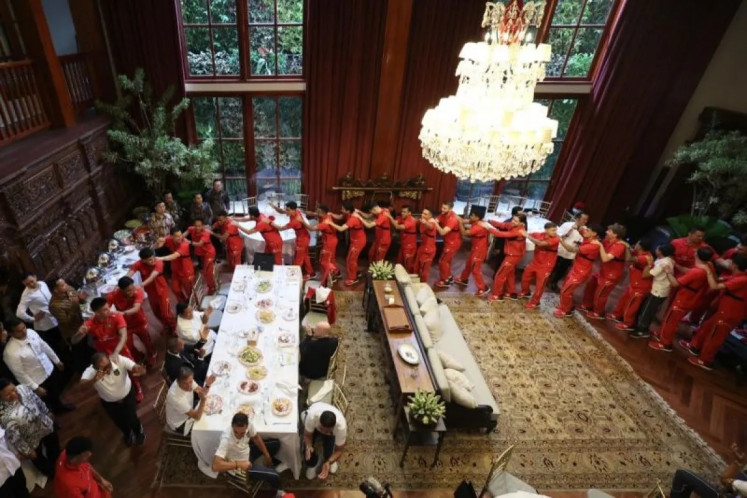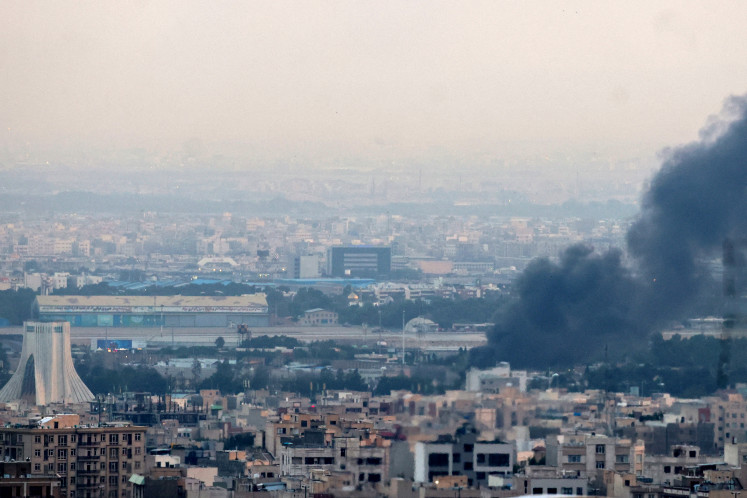Popular Reads
Top Results
Can't find what you're looking for?
View all search resultsPopular Reads
Top Results
Can't find what you're looking for?
View all search resultsIndonesian diaspora professors in the US invent protein-rich rice
Change text size
Gift Premium Articles
to Anyone
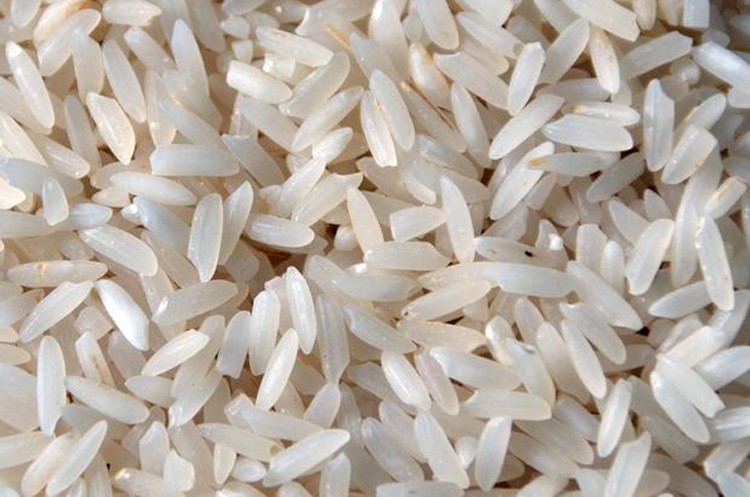 Cahokia white rice (Courtesy of/cahokiarice.com)
Cahokia white rice (Courtesy of/cahokiarice.com)
Two Indonesian diaspora professors living in the United States have invented a protein-rich rice variety they call Cahokia.
The rice contains about 50 percent more protein than common rice.
Herry Utomo and Ida Utomo, who are professors at Louisiana State University, said their creation is expected to reduce malnutrition across the world.
“There are millions of people whose lives rely on rice. They have meals three times days, but they do not consume enough protein because they cannot afford to buy meat,” Ida said in a statement issued on Thursday. “I think, by increasing the protein content of rice, we can address serious malnutrition cases.”
One portion of rice, she explained, normally consists of 4 grams of protein, while the same amount of Cahokia rice has 6 grams of protein.
Cahokia rice has been patented and is now being sold in US supermarkets.
Blake Gerard, a farmer who has been cultivating rice for 18 years, said he had harvested the new rice variety five times, adding that the protein content was consistent and the yield was also good.
The rice is also safe for diabetics because it has a lower glycemic index, which means a slower conversion process from carbohydrate into glucose, Ida said.
Herry assured that Cahokia rice did not require additional costs in the planting and harvesting process. Each hectare can produce up to 150 kilograms of additional pure protein, which is equal to 550 kg of meat and 4,500 liters of milk.
The US, which has 1.8 million hectares of rice fields, could potentially produce 0.23 million tons of additional protein, he said.
“If it is planted in Indonesia, which has four-and-a-half times more rice fields than the US, the additional pure protein [they produce] can reach 1 million tons or equal to 3.6 million tons of meat,” Herry added. (bbn)

